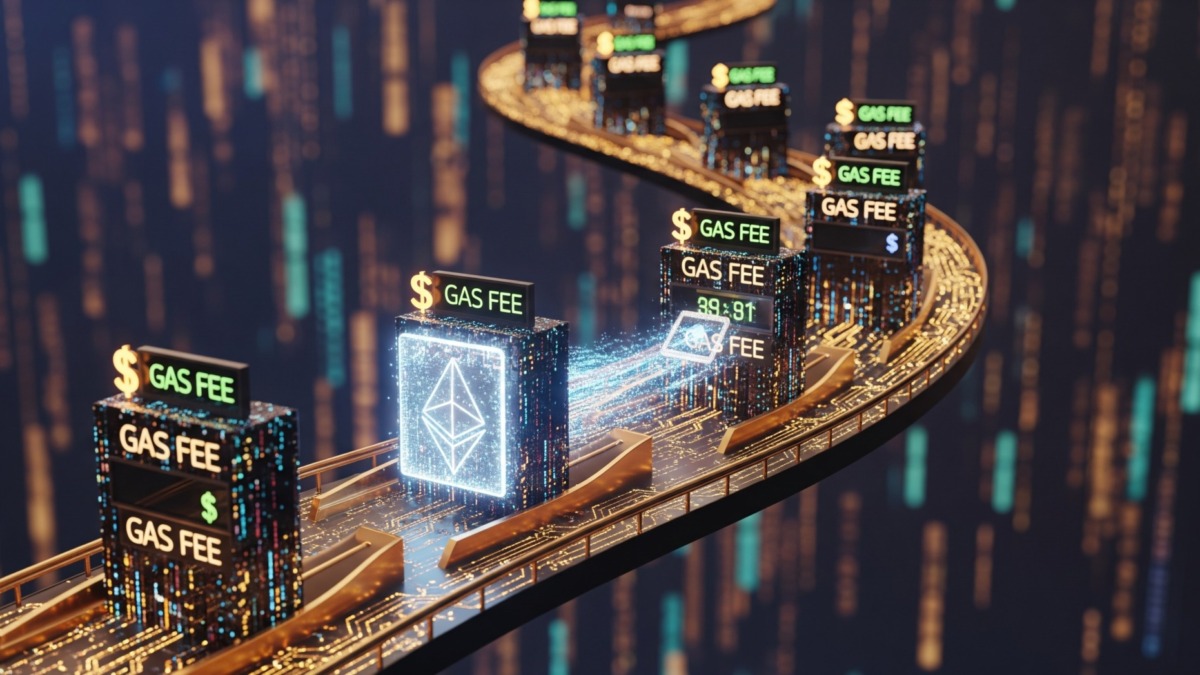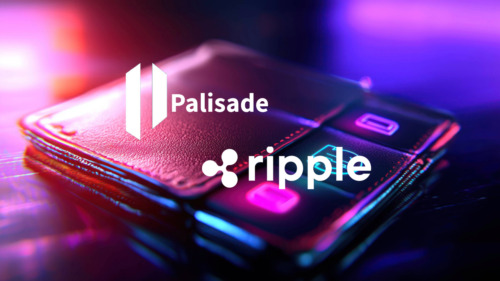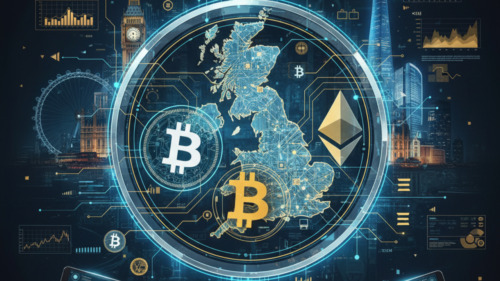Vitalik Buterin Proposes EIP-7999 to Simplify Ethereum Transaction Fees

- EIP-7999 proposes a single, fungible max fee to cover multiple Ethereum transaction resources.
- The upgrade could further improve cost-efficiency and maintain Ethereum’s competitive edge.
- It would build on past improvements like EIP-7706 and gas normalisation research.
Ethereum co-founder Vitalik Buterin and developer Anders Elowsson have introduced a new proposal, EIP-7999, aimed at simplifying Ethereum’s complex transaction fee system.
The proposed upgrade would allow users to specify a single aggregate “max fee” to cover various network resources such as computation, storage, and data. This unified approach is designed to streamline the transaction process by removing the need to estimate and manage multiple fee components.
The new fee model is expected to reduce user error and make gas fee calculation more straightforward.
Under the proposal, a transaction would pay a single, fungible fee across all necessary resources, aligning user experience with the actual protocol design. This change builds on earlier efforts to improve Ethereum’s fee structure such as EIP-7706 and research into gas repricing and normalisation.
Related: 11 Mainnet Improvements Made in Ethereum’s Biggest Upgrade Since the Merge
How Fees Became a Problem
Ethereum’s ongoing fee reforms began after users faced substantial transaction costs during periods of network congestion.
These issues emerged prominently in 2017 and again during the DeFi and NFT boom of 2021, when average transaction costs regularly exceeded US$50 (AU$77.28). While the 2021 EIP-1559 update introduced a base fee mechanism, it did not fully resolve fee volatility during high-traffic periods.
Further improvements arrived in March 2024 with the Dencun upgrade, which integrated nine proposals to boost scalability and lower costs for layer-2 networks.
Within a year, average fees dropped from US$86 (AU$132.88) to US$0.39 (AU$0.60), a 95% reduction. Despite this, Ethereum still topped blockchain fee revenues in 2024 with US$2.48 billion (AU$3.83 billion), though competitors like Tron and Solana rapidly closed the gap.
EIP-7999 remains under community review. If adopted, it may mark a significant step toward simplifying Ethereum’s fee structure, improving user experience, and boosting capital efficiency on the network.
Related: Vitalik Buterin Backs Validators’ ‘Pump the Gas’ Push as Ethereum Gas Limit Eyes 45 Million






